What are differences between Lead Time, Circle Time, Reaction Time, Throughput Time and Takt Time?
Last updated: December 21, 2022 Read in fullscreen view
- 20 Jan 2022
 Difference between Bug, Defect, Error, Fault & Failure 23/1246
Difference between Bug, Defect, Error, Fault & Failure 23/1246 - 18 Oct 2020
 How to use the "Knowns" and "Unknowns" technique to manage assumptions 22/995
How to use the "Knowns" and "Unknowns" technique to manage assumptions 22/995 - 17 Oct 2022
 What is the difference between low-end, mid-end and high-end solutions of project management software? 20/1355
What is the difference between low-end, mid-end and high-end solutions of project management software? 20/1355 - 05 Jul 2020
 What is Sustaining Software Engineering? 16/1196
What is Sustaining Software Engineering? 16/1196 - 01 Oct 2020
 Fail fast, learn faster with Agile methodology 15/978
Fail fast, learn faster with Agile methodology 15/978 - 02 May 2022
 Difference between CapEx vs. OpEx: Two Ways to Finance Your Software Project 12/1435
Difference between CapEx vs. OpEx: Two Ways to Finance Your Software Project 12/1435 - 20 Mar 2022
 What is a Multi-Model Database? Pros and Cons? 11/1068
What is a Multi-Model Database? Pros and Cons? 11/1068 - 03 Aug 2022
 What Are OLAs? SLAs vs OLAs vs UCs: What’s The Difference? 11/974
What Are OLAs? SLAs vs OLAs vs UCs: What’s The Difference? 11/974 - 01 Mar 2023
 What is Unit Testing? Pros and cons of Unit Testing? 9/362
What is Unit Testing? Pros and cons of Unit Testing? 9/362 - 19 Oct 2021
 Is gold plating good or bad in project management? 8/756
Is gold plating good or bad in project management? 8/756 - 10 Nov 2022
 Poor Code Indicators and How to Improve Your Code? 8/214
Poor Code Indicators and How to Improve Your Code? 8/214 - 30 Jan 2022
 What Does a Sustaining Engineer Do? 8/557
What Does a Sustaining Engineer Do? 8/557 - 06 Feb 2021
 Why fail fast and learn fast? 7/378
Why fail fast and learn fast? 7/378 - 10 Apr 2022
 Difference Between Forward and Backward Reasoning in AI 6/1581
Difference Between Forward and Backward Reasoning in AI 6/1581 - 01 Mar 2023
 Bug Prioritization - What are the 5 levels of priority? 6/207
Bug Prioritization - What are the 5 levels of priority? 6/207 - 18 Aug 2022
 What are the consequences of poor requirements with software development projects? 5/244
What are the consequences of poor requirements with software development projects? 5/244 - 21 Jun 2022
 Difference between Quality and Grade 5/703
Difference between Quality and Grade 5/703 - 24 Nov 2021
 What is the difference between off-the-shelf software and customized software? 5/429
What is the difference between off-the-shelf software and customized software? 5/429 - 07 Dec 2021
 What's the difference between soft freeze, hard freeze and customization freeze? 5/1133
What's the difference between soft freeze, hard freeze and customization freeze? 5/1133 - 31 Dec 2021
 What is a Data Pipeline? 5/188
What is a Data Pipeline? 5/188 - 14 Oct 2021
 Advantages and Disadvantages of Time and Material Contract (T&M) 5/795
Advantages and Disadvantages of Time and Material Contract (T&M) 5/795 - 08 Oct 2022
 KPI - The New Leadership 4/558
KPI - The New Leadership 4/558 - 31 Oct 2021
 Tips to Fail Fast With Outsourcing 4/377
Tips to Fail Fast With Outsourcing 4/377 - 23 Sep 2021
 INFOGRAPHIC: Top 9 Software Outsourcing Mistakes 3/413
INFOGRAPHIC: Top 9 Software Outsourcing Mistakes 3/413 - 22 Sep 2022
 Why is it important to have a “single point of contact (SPoC)” on an IT project? 3/844
Why is it important to have a “single point of contact (SPoC)” on an IT project? 3/844 - 28 Dec 2021
 8 types of pricing models in software development outsourcing 3/419
8 types of pricing models in software development outsourcing 3/419 - 01 Feb 2022
 Outstaffing Vs. Outsourcing: What’s The Difference? 3/567
Outstaffing Vs. Outsourcing: What’s The Difference? 3/567 - 05 May 2022
 DAM vs. CMS: What's the difference? 3/445
DAM vs. CMS: What's the difference? 3/445 - 13 Dec 2020
 Move fast, fail fast, fail-safe 3/294
Move fast, fail fast, fail-safe 3/294 - 17 Feb 2022
 Prioritizing Software Requirements with Kano Analysis 3/285
Prioritizing Software Requirements with Kano Analysis 3/285 - 18 Mar 2022
 Difference between Project Management and Management Consulting 3/323
Difference between Project Management and Management Consulting 3/323 - 15 Aug 2023
 Production-Ready vs Feature-Complete: What’s the Difference? 3/157
Production-Ready vs Feature-Complete: What’s the Difference? 3/157 - 10 Dec 2023
 Pain points of User Acceptance Testing (UAT) 3/419
Pain points of User Acceptance Testing (UAT) 3/419 - 25 Apr 2021
 What is outstaffing? 2/230
What is outstaffing? 2/230 - 19 Apr 2021
 7 Most Common Time-Wasters For Software Development 2/527
7 Most Common Time-Wasters For Software Development 2/527 - 13 Nov 2021
 What Is Bleeding Edge Technology? Are bleeding edge technologies cheaper? 2/459
What Is Bleeding Edge Technology? Are bleeding edge technologies cheaper? 2/459 - 03 Jul 2022
 What is the difference between Project Proposal and Software Requirements Specification (SRS) in software engineering? 2/959
What is the difference between Project Proposal and Software Requirements Specification (SRS) in software engineering? 2/959 - 09 Dec 2021
 Customer Service vs Technical Support: What’s The Difference? 1/225
Customer Service vs Technical Support: What’s The Difference? 1/225 - 26 Dec 2023
 Improving Meeting Effectiveness Through the Six Thinking Hats 1/205
Improving Meeting Effectiveness Through the Six Thinking Hats 1/205 - 05 Jan 2024
 Easy ASANA tips & tricks for you and your team 1/181
Easy ASANA tips & tricks for you and your team 1/181 - 11 Jan 2024
 What are the Benefits and Limitations of Augmented Intelligence? 1/436
What are the Benefits and Limitations of Augmented Intelligence? 1/436 - 06 Jun 2024
 Software Upgrade vs Software Update: What is the difference? 1/217
Software Upgrade vs Software Update: What is the difference? 1/217 - 14 Mar 2024
 Why should you opt for software localization from a professional agency? /117
Why should you opt for software localization from a professional agency? /117 - 12 Mar 2024
 How do you create FOMO in software prospects? /131
How do you create FOMO in software prospects? /131 - 25 Jan 2022
 What is the difference between Outsourcing and Outstaffing? /262
What is the difference between Outsourcing and Outstaffing? /262 - 15 Sep 2022
 CRM vs CDP: What's the difference? /236
CRM vs CDP: What's the difference? /236 - 01 Apr 2022
 Dedicated Team vs. Extended Team: What’s the difference? /301
Dedicated Team vs. Extended Team: What’s the difference? /301 - 10 Nov 2021
 PoC vs. Prototype vs. MVP: What’s the difference? /726
PoC vs. Prototype vs. MVP: What’s the difference? /726 - 02 Nov 2021
 Difference between an ESTIMATE and a QUOTE /343
Difference between an ESTIMATE and a QUOTE /343 - 10 Apr 2022
 What is predictive analytics? Why it matters? /167
What is predictive analytics? Why it matters? /167 - 06 Nov 2019
 How to Access Software Project Size? /236
How to Access Software Project Size? /236
What is Lead Time in Software Development?
Lead time is the measurement of how much time passes between task creation and when the work is completed. If you're focused on cycle time alone—that is, the time between when your team starts work on a feature and when it goes to the end users—you're seeing only a piece of the agile puzzle.
“Lead time” is a term borrowed from the manufacturing method known as Lean or Toyota Production System, where it is defined as the time elapsed between a customer placing an order and receiving the product ordered.
Translated to the software domain, lead time can be described more abstractly as the time elapsed between the identification of a requirement and its fulfillment. Defining a more concrete measurement depends on the situation being examined: for instance, when focusing on the software development process, the “lead time” elapsed between the formulation of a user story and that story being used “in production”, that is, by actual users under normal conditions.
Teams opting for the kanban approach favor this measure, over the better known velocity. Instead of aiming at increasing velocity, improvement initiatives intend to reduce lead time.
What is Cycle Time in Agile Development?
Cycle time is the “shelf life” of an item in your development plan – how long it takes a task to go from start to finish. In Scrum methodologies, you might think that cycle time is equal to sprint length, because tasks “start” at the beginning of the sprint and “end” when the sprint ends. However, this is not always true.
In reality, different tasks within a sprint may have different cycle times. In a two-week sprint, one task may be completed within one day, while another task might take 13 days to complete.
What is Takt Time?
Takt time is the average amount of time that passes between the beginnings of two successive product units being manufactured.
Example: Takt time is the maximum time within which all operations in the restaurant should be completed so as to meet their customer demand. In this case the takt time is 60/40 = 1.5 minutes. Takt time calculated by the formula available production time / demand during that period. This is the basics of lean manufacturing and this time can be considered as a target for improvement.
What is Takt Time in Agile Development?
Takt time measures how long it takes for a new product, version or feature to be released to your users. How often do you provide new value to your customers? In agile methodologies, takt time has dramatically increased, and most organizations are shipping releases every week, every day, or even multiple times a day.
What is Reaction Time?
Reaction time or response time refers to the amount of time that takes places between when we perceive something to when we respond to it.
What is Throughput Time?
Throughput time refers to the total amount of time that it takes to run a particular process in its entirety from start to finish. For example, a manufacturer can measure how long it takes to produce a product, from initial customer order to sourcing raw materials to manufacturing to sale.
Throughput time is the time between the moment the chef got the information to make the dishes and the moment the dishes are taken by waiter from dispatch area. That means its total time taken for movement of the raw material and information for producing one product. Throughput time includes all elements such as process time, inspection time, waiting time and material and information movement time, within the production process. Please note that the throughput time is measured between the start of the production and product dispatch. The elements happening before the start of the production and the elements happening after dispatch is not accounted in the throughput time, which is the main difference with lead time. Please keep this in mind. Normally the total time raw material waited in the warehouse waiting for the production also to be added to throughput time.
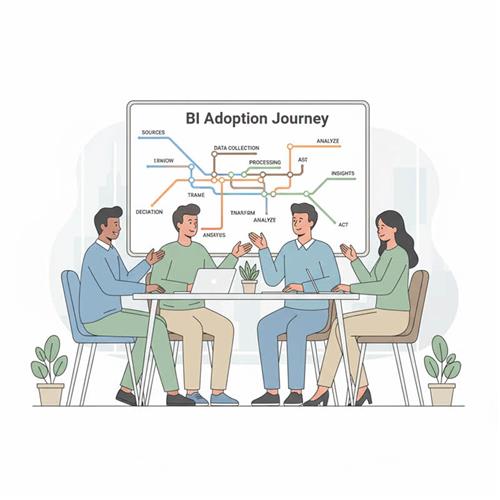

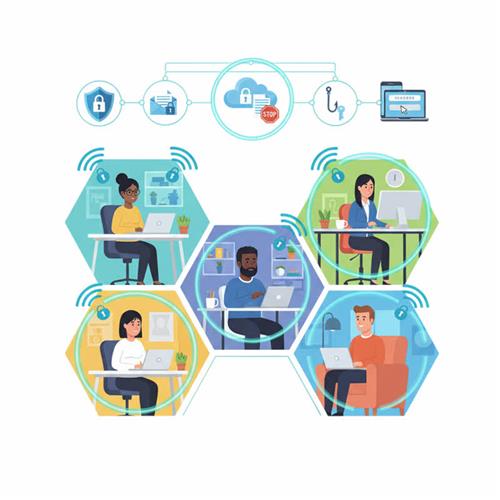
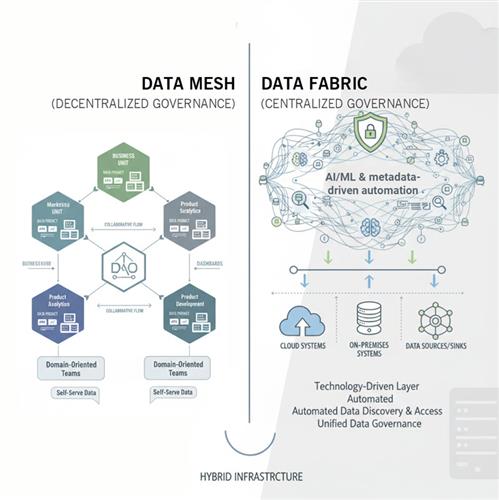


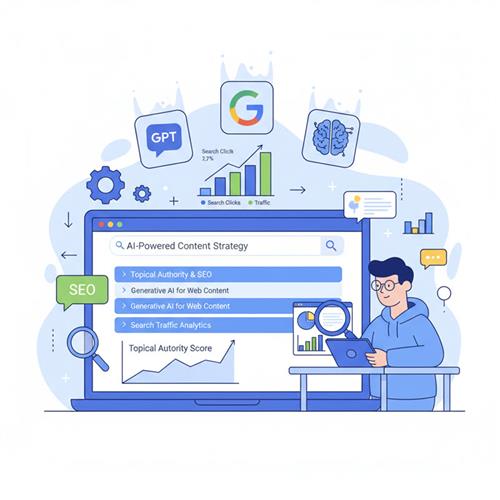

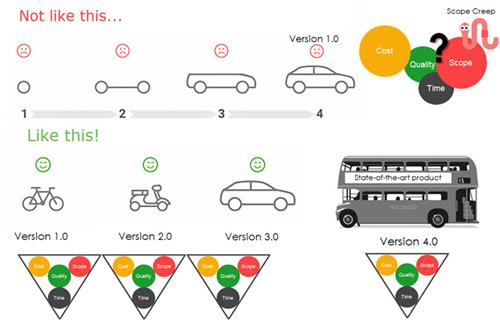
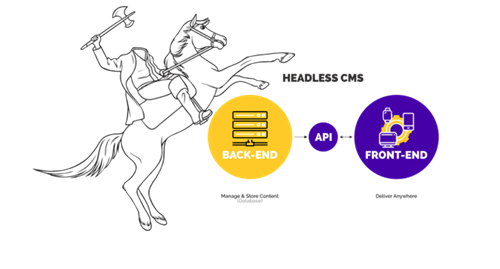



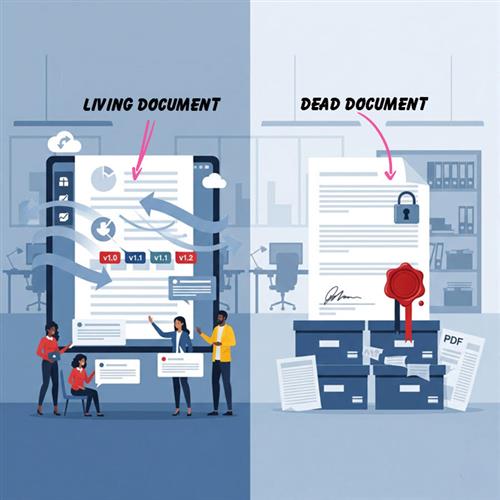

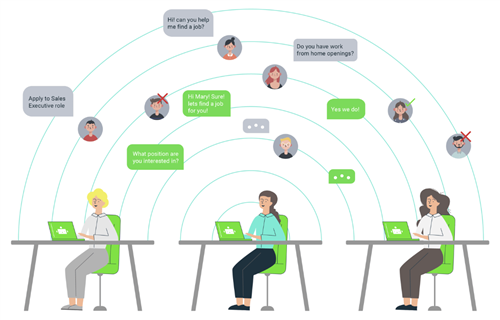
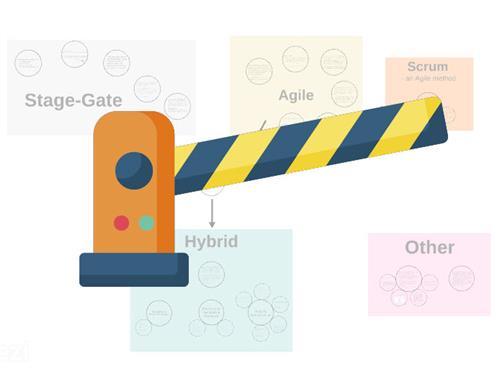



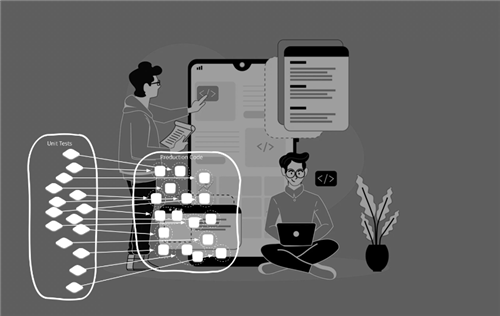

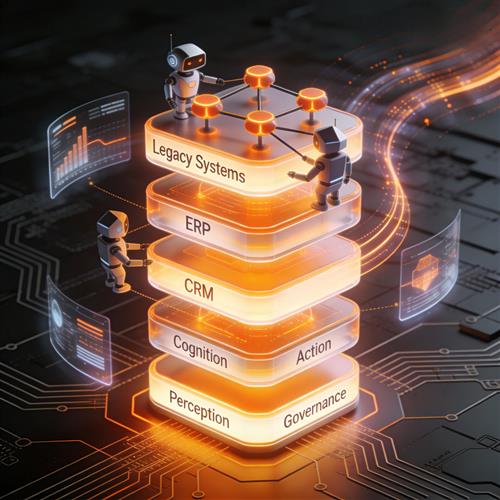

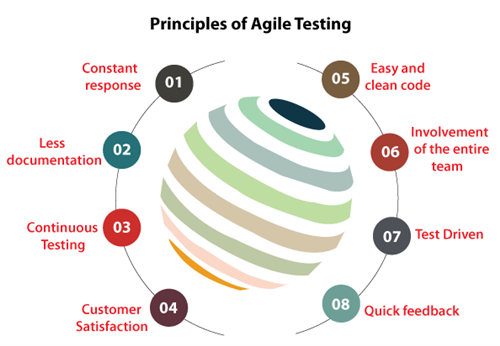






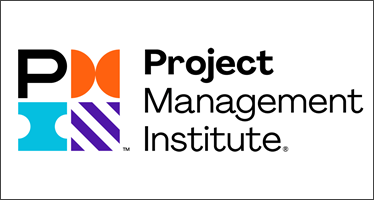



 Link copied!
Link copied!
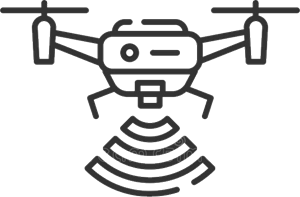 Recently Updated News
Recently Updated News